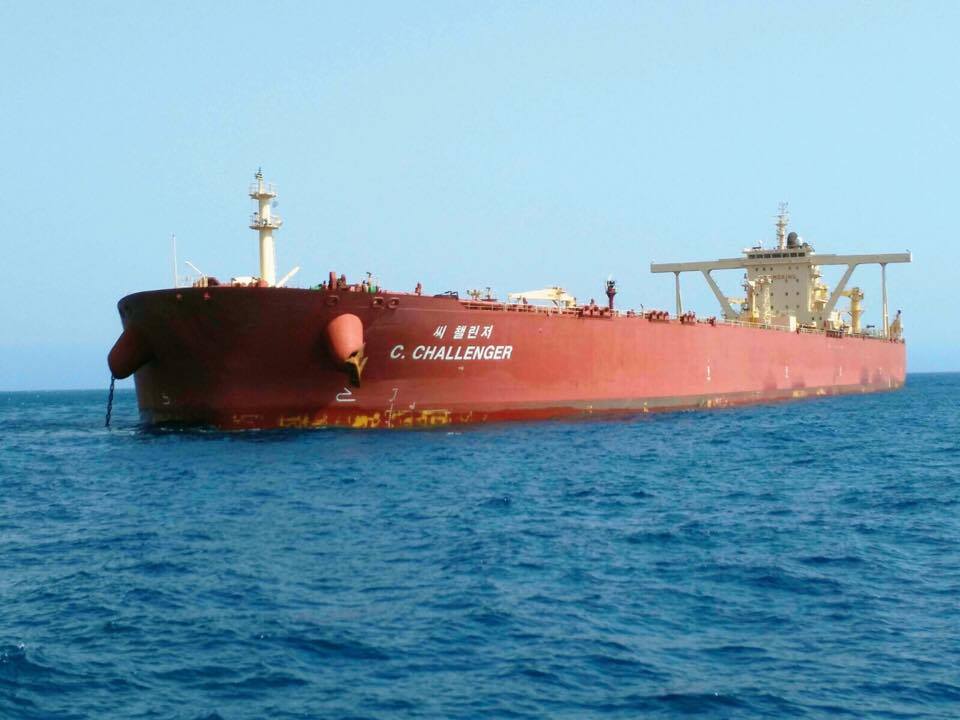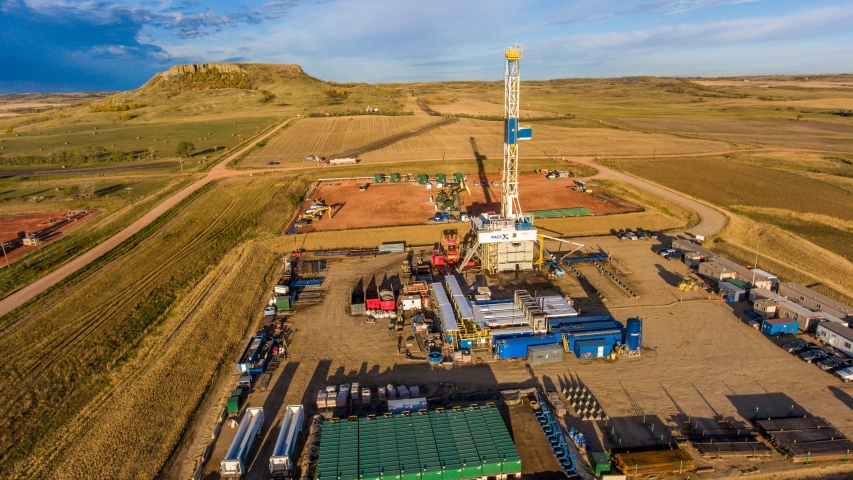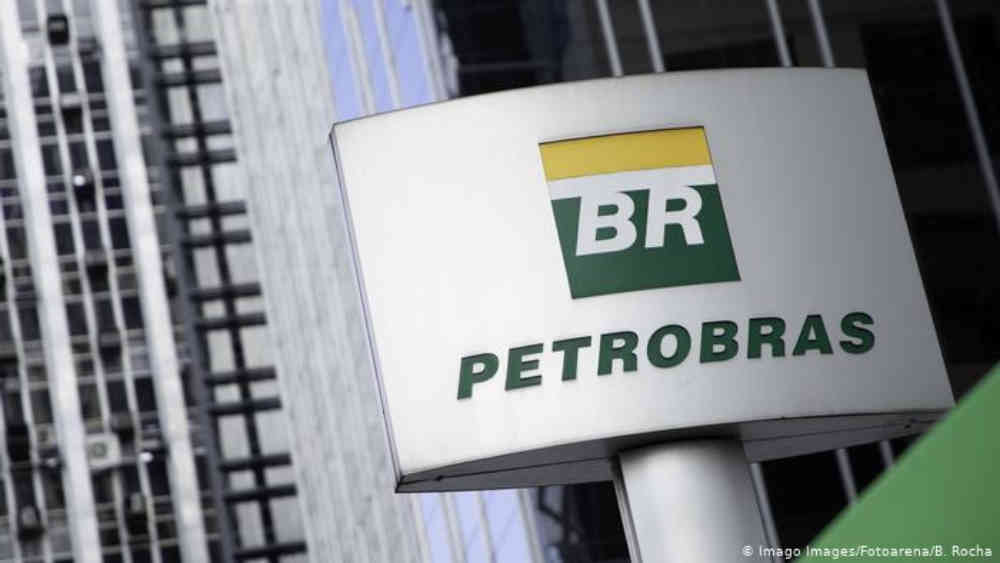MEXICO CITY, MEXICO (Pemex, 13.Nov.2024, Words: 833) — During the morning conference “las mañaneras del pueblo”, held by Mexican President Dr. Claudia Sheinbaum Pardo, Petróleos Mexicanos (Pemex) CEO Víctor Rodríguez Padilla introduced the proposed strategic lines for the company for 2024-2030 term to be implemented to strengthen the institution, as part of the National Strategy for the Oil and Natural Gas Sector.
The head of Pemex assured that the current administration will continue developing Pemex as a strategic state-owned company and an expression of Mexico’s sovereignty, a pillar of energy security, and an instrument of oil policy.
“We are committed to remain as the cornerstone of the country’s energy independence, as we have always been; a driver of development and an essential factor in maintaining accessible prices for the benefit of Mexicans,” added Rodríguez Padilla.
He stated that the company will work towards the integration into a single company as part of the Republican Austerity Plan, with the aim of saving 50bn Mexican pesos by eliminating redundant expenses and compacting costs, as well as increasing productivity and operating efficiency.
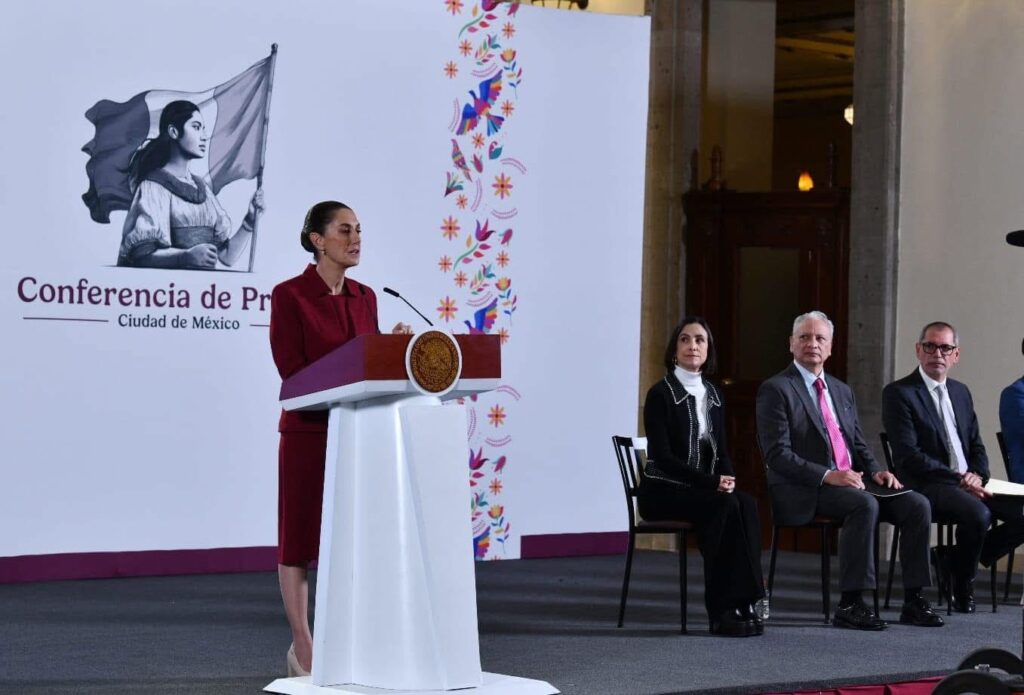
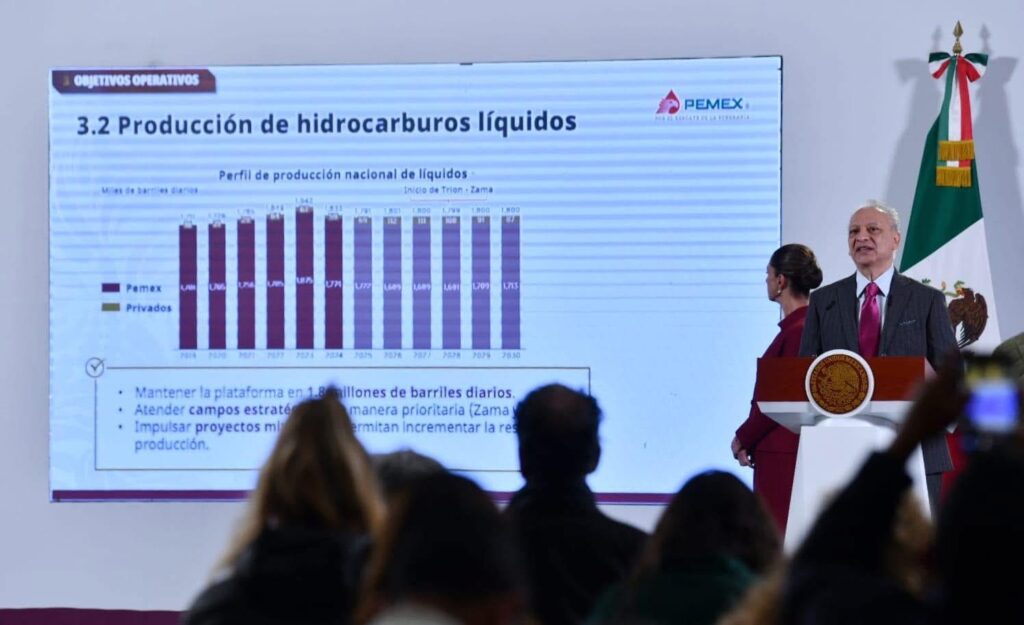
“We are going to reintegrate Pemex into a single Pemex. Currently there are subsidiaries, and we are going to merge them. We will achieve very important savings with this merger, and we will have a lighter and more robust company, one that is more resilient, and at the same time, also more sustainable,” he pointed out.
“Similarly, we will seek to strengthen Pemex’s finances through a new tax regime called Derecho Petrolero del Bienestar (Welfare Oil Duties), which will allow Pemex to obtain resources to capitalize, pay debts and invest in projects. Likewise, we will continue working on reducing our debt and complying with our commitments to pay suppliers under a strict review and work scheme jointly with the Secretariat of Finance and Public Credit (Secretaría de Hacienda y Crédito Público, SHCP),” Rodríguez Padilla said.
Regarding operating targets, Rodríguez Padilla explained that new exploration techniques will be used in shallow waters off the coast of the Gulf of Mexico and onshore fields in the southeast of the country to maintain reserves, as well as restoring and increasing those reserves for a 10-year supply.
Liquid hydrocarbon production is projected to be maintained at a platform of 1.8 million barrels per day (MMb/d), in addition to prioritizing strategic fields such as Zama and Trion. Likewise, mixed projects will be promoted to increase reserves and production.
On the other hand, Pemex plans on increasing natural gas production to 5 billion cubic feet per day (Bcf/d) during this administration, reducing gas flaring through the construction and modernization of infrastructure, and maximizing the recovery and use of gas in the lxachi, Quesqui and Casquete Cantarell fields. Pemex will also work on the development of the offshore fields Piklis, Kunah and Lakach, and as part of a commitment to the environment, Pemex will seek to reduce runaway methane emissions.
In terms of refinement, gasoline, diesel and jet fuel production will be increased by 343,000 b/d, i.e. an increase of 34%, in order to achieve self-sufficiency. It should be noted that during this administration the Tula and Salina Cruz coking plants will begin operating, as will the Olmeca Refinery, with an output of 340,000 b/d.
In addition, Pemex intends to reach a production level of 285,000 b/d in Deer Park and continue with major maintenance in the National Refining System to obtain a positive profit in all refineries, with the purpose of consolidating the Gasolineras del Bienestar (Welfare Gas Stations) system and increasing its participation in communities that lack access to fuel supplies.
In terms of logistics, oil storage capacity will be increased; the fight against fuel theft and the illicit fuel market will continue; and coordination between production and logistics will be strengthened in order to reduce maritime transportation costs.
A further goal is to strengthen the petrochemical industry through mixed projects that guarantee Pemex’ ownership. The Cangrejera complex will also be reactivated as a petrochemical refinery with a production capacity of 40,000 b/d of fuel and 330,000 tons of aromatics per year, as well as reactivating the ethane production capacity from 250,000 to 520,000 tons per year in the Morelos and Cangrejera petrochemical complexes.
Fertilizer production is another key objective, and Pemex will seek to increase the production of ammonia and carbon dioxide for fertilizer production by 2.2 million tons per year, as well as to produce 1.6 million tons of urea by 2030.
In closing, Rodríguez Padilla stated that Pemex has a very important commitment towards sustainable development, which is why, through joint projects with the Federal Electricity Commission (CFE), the social and private sectors, wind energy, cogeneration, geothermal, lithium, green hydrogen, and ammonia generation plants will be developed.
Regarding the sustainability plan, Rodríguez Padilla said that the company will work on reducing water consumption by using treated water, reducing emissions in soil, water and air, as well as restoring contaminated soils and neutralizing carbon dioxide (CO2) emissions, all of which will be carried out while keeping social responsibility in mind.
____________________

